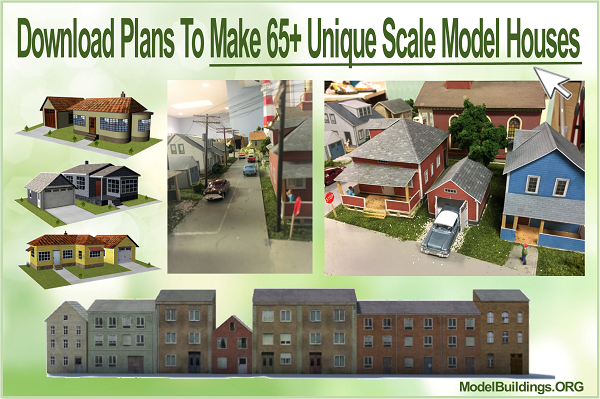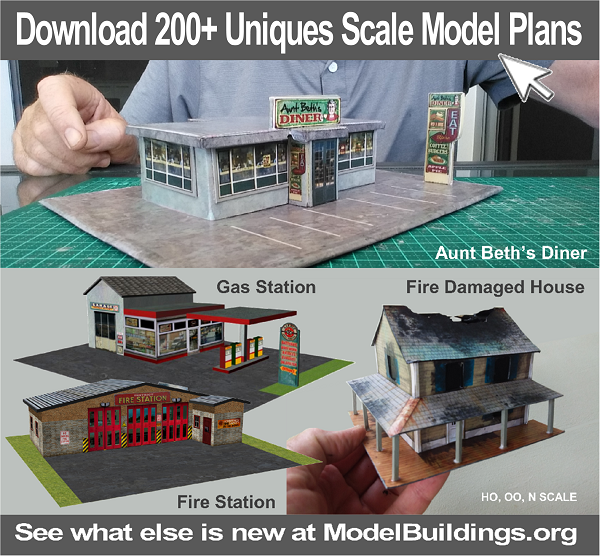DCC and Other Railroading Electronics Allow For Automation and Realistic Railway Operations Like Never Before
DCC by itself has revolutionized model railroading, but DCC is also being revolutionized. The Java Model Railroad Interface (JMRI), which is a computer application for Windows, Mac, and Linux, began as a graphical interface for configuring decoders. It has since evolved into a system that is capable of complete control of layout operation. In fact, a model train layout can be configured such that JMRI can completely control it without any need for an operator. Naturally, this is really not the way we want to operate our equipment, but the true value of the feature is that JMRI can make the train layout look and operate much more realistically as a Centralized Traffic Control environment by executing some tasks under program control.
JMRI does more than present a nice graphical user interface to your model railroad layout. It actually connects the railroad to the Internet. Or at least it can. JMRI connects to your railroad by way of the throttle network, but on the other side it is available via your local network and WiFi to wireless mobile networks world-wide. There are apps available for mobile smartphones that turn them into wireless throttles and hand controllers. You can now literally run your scale trains from anywhere. The complete description of how this is accomplished is beyond the scope of this discussion, but suffice it to say that to create such a situation is completely within the capability of the average modeler.
© Copyright http://www.modelbuildings.org All rights reserved.
Size of the train layout makes no difference, either. Learning to program and use a cheap microcontroller, a few electronic parts, your home computer with JMRI, and a mobile phone turns your simple oval track with a couple of sidings into a train layout of the same sophistication and capability as a vast room-filling modular club layout. Best of all, JMRI and wireless mobile throttle applications are completely free of charge!
Depending on your DCC manufacturer, you may need to purchase a piece of interface hardware from JMRI to the DCC controller. Everything else uses your embedded Wi-Fi and wireless networks. Here’s a link to JMRI to get you going: http://jmri.org
Microcontrollers on Railway Layouts
A microcontroller is basically a small computer designed to do one or more simple tasks repeatedly.
Recommended resource http://www.modeltraincontrols.com
Microcontrollers can be used on a model railway for:
- Wireless controls
- Motors/Servos
- Street lamps
- Scenery, rolling stock, lighting controls and effects
- Current sense
- Illumination of structures
- Right of way signal lighting
- Emergency vehicle lighting
- Campfires
- Anti-collision lighting on high buildings
- Welding
- Flashers
- Turnout operation
- Fast time clock
- Solenoid
- Block occupancy detection
- Crossing gate, signal operation
- Infrared
- Lights
- Draw/lift bridge control
- Semaphores
- Gate Arms
- Scenery sound control
- Turntable control
- DCC testing
and more
Technology Advances Take The Hobby To A New Level
Starting out in any hobby inevitably leads to confusing choices. For model railroaders, the confusion appears almost as soon as the train begins the second circuit of the boxed-set oval. The train has to go somewhere else, how do we get there? Atlas, Peco Shinohara, Life-Like, Kato? All have desirable features, which do we choose?
Research and learning are the keys. Learn as much as you can about how the prototype railroads operate their equipment – in the case of this piece, switches. Then decide how much of that you wish to duplicate in miniature. Decide how much technology and electronics you want to utilize in the development and operation of your train layout. Finally, pick a supplier that offers equipment that mimics it exactly or can be made to have realistic appearance and operation. Then go have fun!


